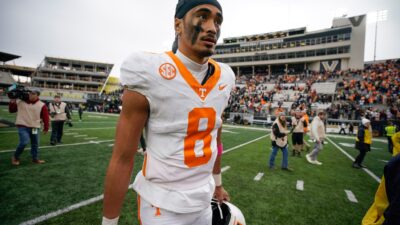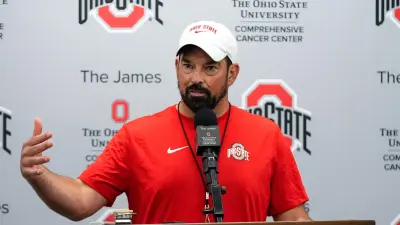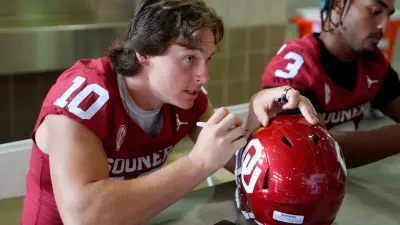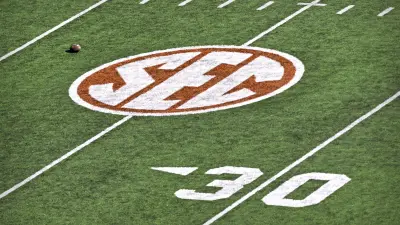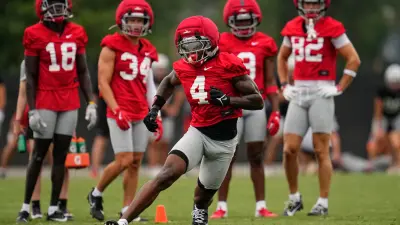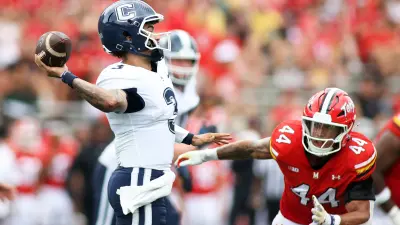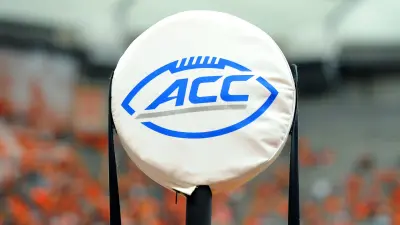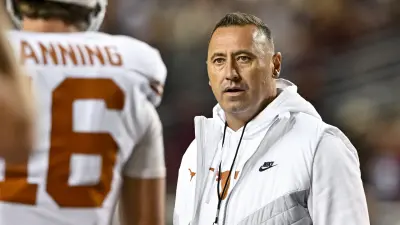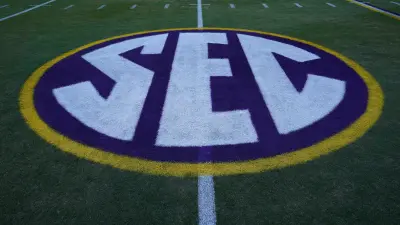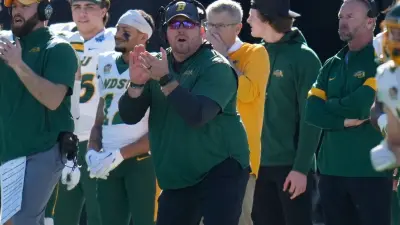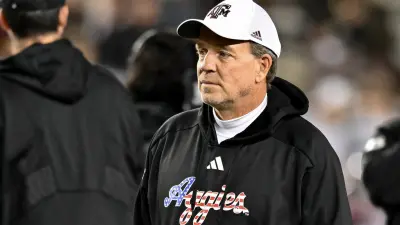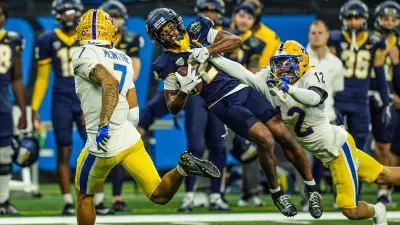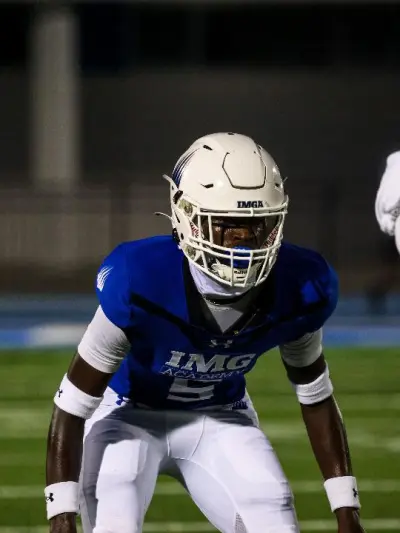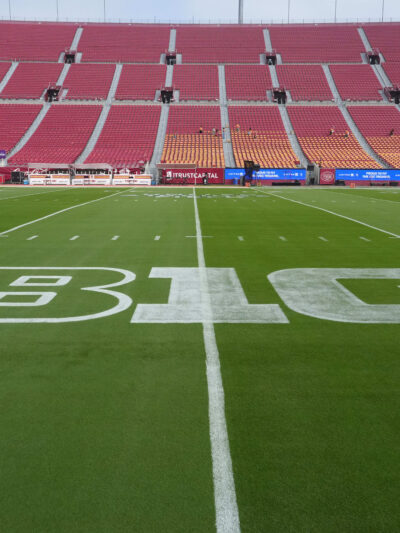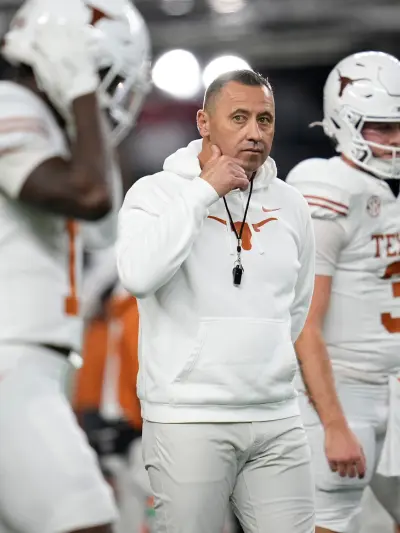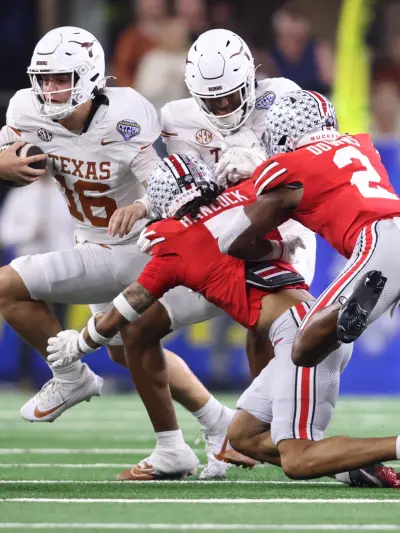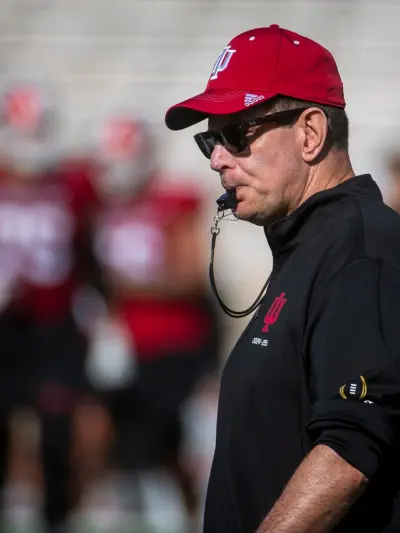By Jay Holahan
Twenty years ago, the movie “Coach Carter” came out and it became an inspiration for inner-city kids across the country. The message was that the student comes before the athlete. Now it’s the worst-kept secret in athletics today: the idea of the “student-athlete” has disappeared.
The ongoing situation with quarterback Nico Iamaleava should be the straw that breaks the camel’s back for the NCAA. The idea of NIL was originally perceived for players to make money off of themselves in a way that they were previously punished for. An example of this was back in 2010 when Georgia Bulldogs wide receiver AJ Green was suspended for four games for selling an autographed jersey. The price was for a reported $1,000 to a former North Carolina defensive back, Chris Hawkins, who was perceived to be a “sports agent”. After the invention of NIL, the college athlete would no longer be punished in those situations. NIL has become an excuse for teams to pay collegiate athletes barrels of money to attend their respective schools.
It’s one thing to be paid money and attend a school for three to four years, earn your degree, and maybe become one of the 1.6% of college football players who will make it to the NFL. Relationships in college football have changed as well. Players used to make life-long friendships with their fellow teammates. Former Penn State players Saquon Barkley, Trace McSorley and Grant Haley just went golfing not too long ago at a course a few hours east of State College, Pennsylvania. Due to players transferring, those relationships have since changed.
Not only has NIL become a factor in the detriment of the “student athlete,” but so has the invention of the transfer portal. The transfer rule used to allow players to transfer from one school to another, however, you had to sit out a year before you could play. With the emergence of the transfer portal, those rules have since become depleted because of NIL. The NCAA has not helped since there are no regulations for poaching players from another school.
There are no regulations for assistant coaches or, in some cases, head coaches leaving for other jobs. That is the old argument that the players can come back to: Why can the coaches move from place to place, but the athletes can not? This argument makes sense when you look at some of the coaches that move on during the early days after the regular season, but unless there are dire circumstances a coach doesn’t move on in the middle of spring practices. That argument is out the window.
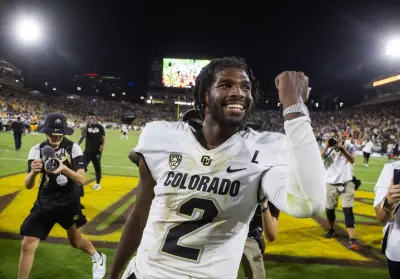
© Mark J. Rebilas-USA TODAY Sports
More Sports News
On behalf of the players, there is no reason why they shouldn’t be given a stipend and have every right to transfer, but there are ways to go about it for young men who should be growing into young adults. People make decisions and I’m sure there are plenty of examples out there of players who wish they didn’t transfer. For those that have and had better experiences elsewhere, good for them. However, there are examples of players who thrived on the idea that they waited their turn and learned from the veterans ahead of them.
While there is no putting the genie back in the bottle, college athletics will never look the same as they did before the addition of the transfer portal or before the invention of NIL. However, myself and a good number of college football fans would like to see action from the NCAA soon.
